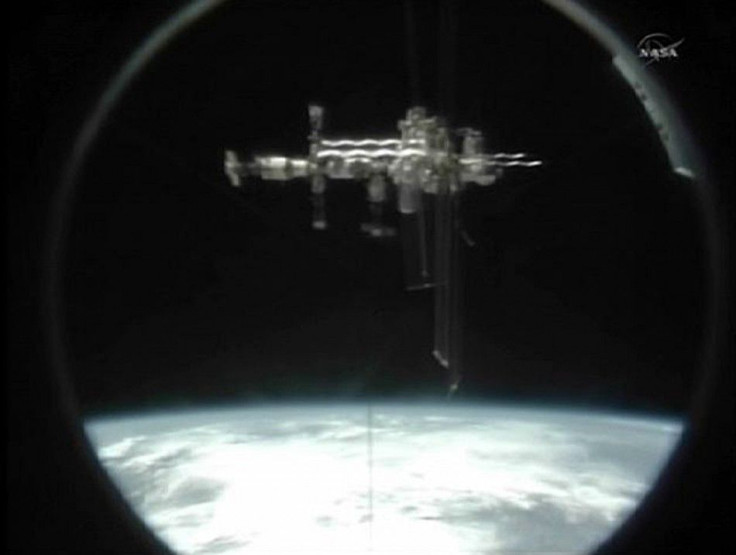International Space Station to be Sunk to Ocean Bottom in 2020

It has seen the starry heavens, but at the end of its life cycle, the International Space Station is set to see the bottom of the deep blue sea.
"After it completes its existence, we will be forced to sink the ISS. It cannot be left in orbit, it's too complex, too heavy an object, it can leave behind lots of rubbish," said deputy head of Roskosmos space agency Vitaly Davydov.
"Right now, we've agreed with our partners that the station will be used until approximately 2020," he said in comments released Wednesday.
Essentially, Russia and its partners are trying to avoid littering. Space waste is becoming an increasingly visible problem, with a stray piece of debris narrowly missing the space station last month.
The ISS, which orbits 350 kimometers (220) miles above Earth, is a s sophisticated platform for scientific experiments bringing together space agencies from Russia, the United States, Europe, Japan and Canada, AFP reported. Launched in 1998, the ISS was expected to remain in space for only 15 years.
The ISS will meet a similar fate to its predecessor, Mir, which was sunk by Russia in the Pacific Ocean in 2001, after 15 years of service.
The problem of galactic garbage is not a new one -- NASA even has an orbital debris program whose efforts encompass everything from reducing the amount of debris released into space, to designing satellites that are better suited to survive collisions. Much of the debris floating in near-Earth space is jettisoned components of old rockets and satellites.
"The orbit [the International Space Station astronauts] are flying in is the worst possible," said Christopher Kraft, a retired director of NASA's Manned Space Flight Center. "The Russians blew up all kinds of things in that damned orbit. So there are thousands of pieces in that particular orbit."
Earlier this month, Moscow announced the beginning of "the ear of the Soyuz" after the U.S shuttle's last flight left the Russia with the only program capable of delivering astronauts to the ISS. Now, Russia is developing a new space ship to replace the Soyuz capsule, which is single-use only, except for the section in which spacemen return to Earth, Davydov said.
Tests for the new space ship will begin after 2015 and will contain "elements of multi-use whose level will be much higher than they are today," Davydov said.
As to what comes after the ISS, or whether mankind will see the need for replacement of orbiting close to earth, Davydov said it is unclear.
"Lots of our tasks are still linked to circumterrestrial space," he said. "I cannot rule out that it will be used to put together, create the complexes that in the future will fly to the Moon and Mars," he said, emphasizing that a "serious exploration" could not be done without manned flights.
ALSO READ: NASA: Juno Spacecraft to Unlock Secrets of Solar System [PHOTOS]
© Copyright IBTimes 2025. All rights reserved.





















